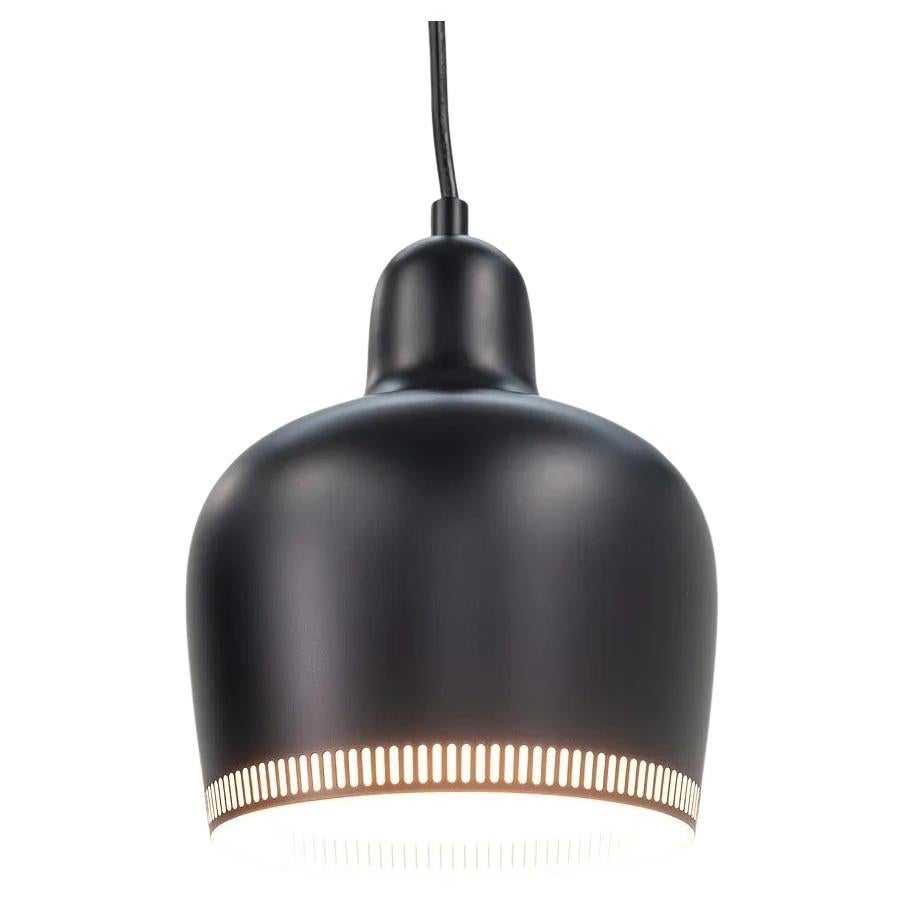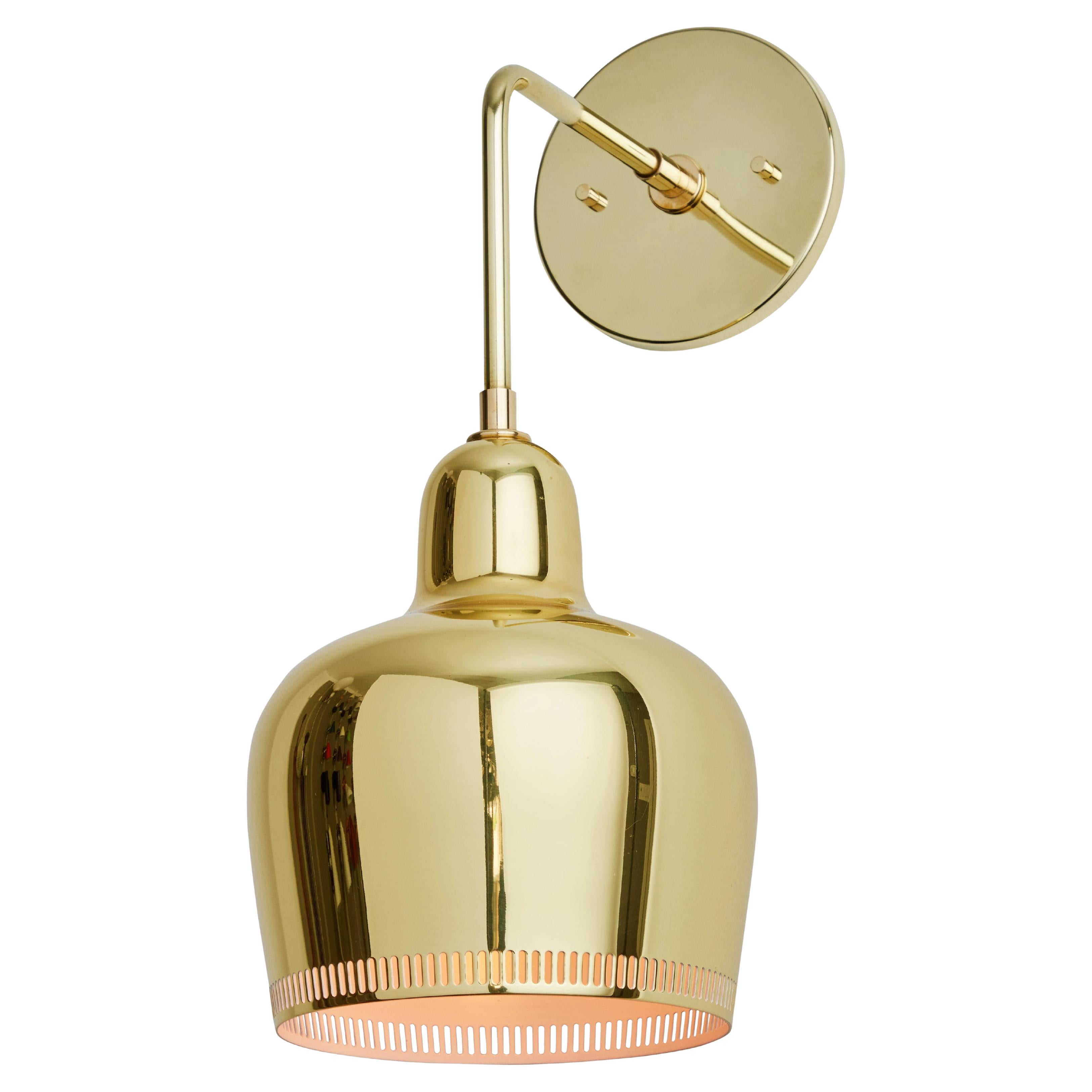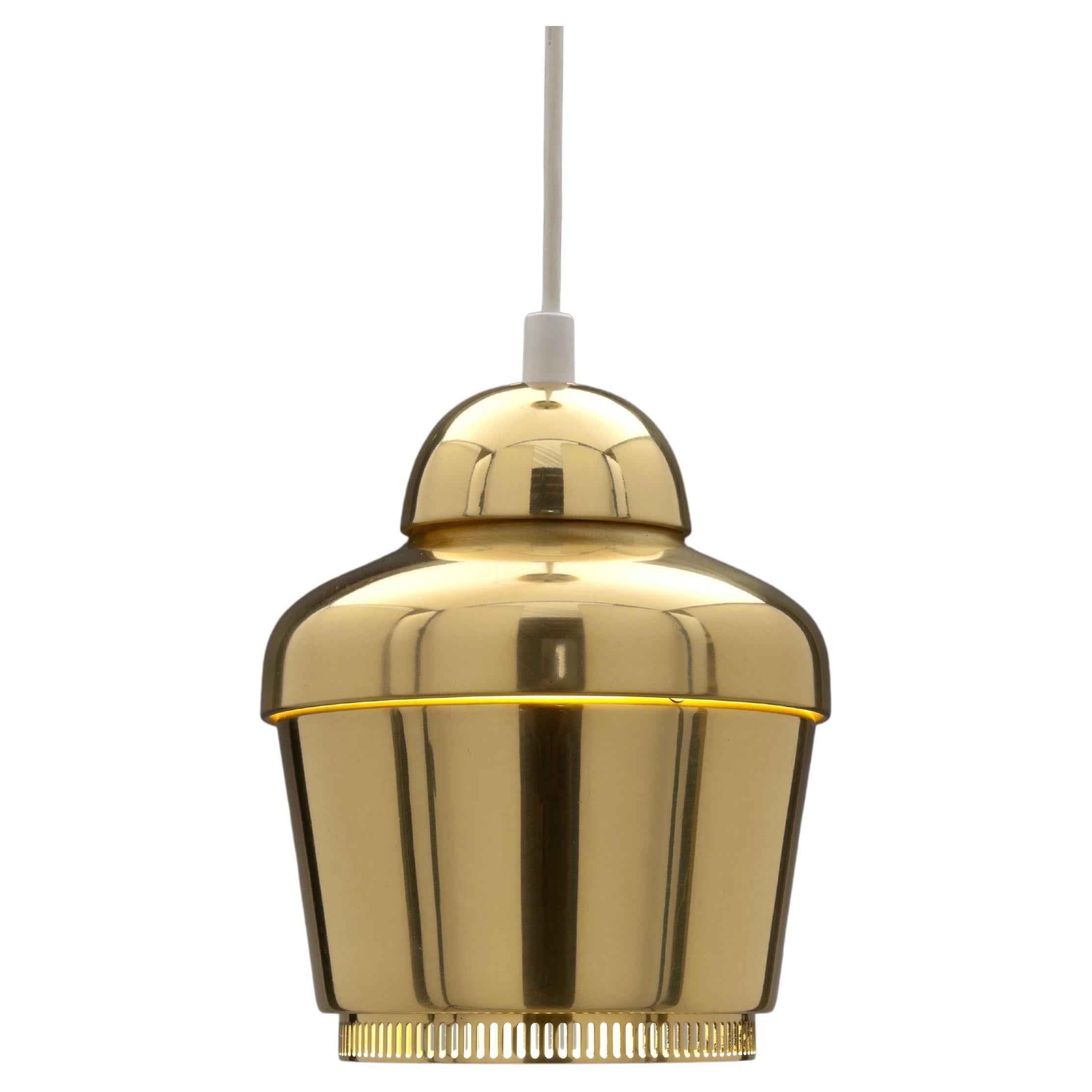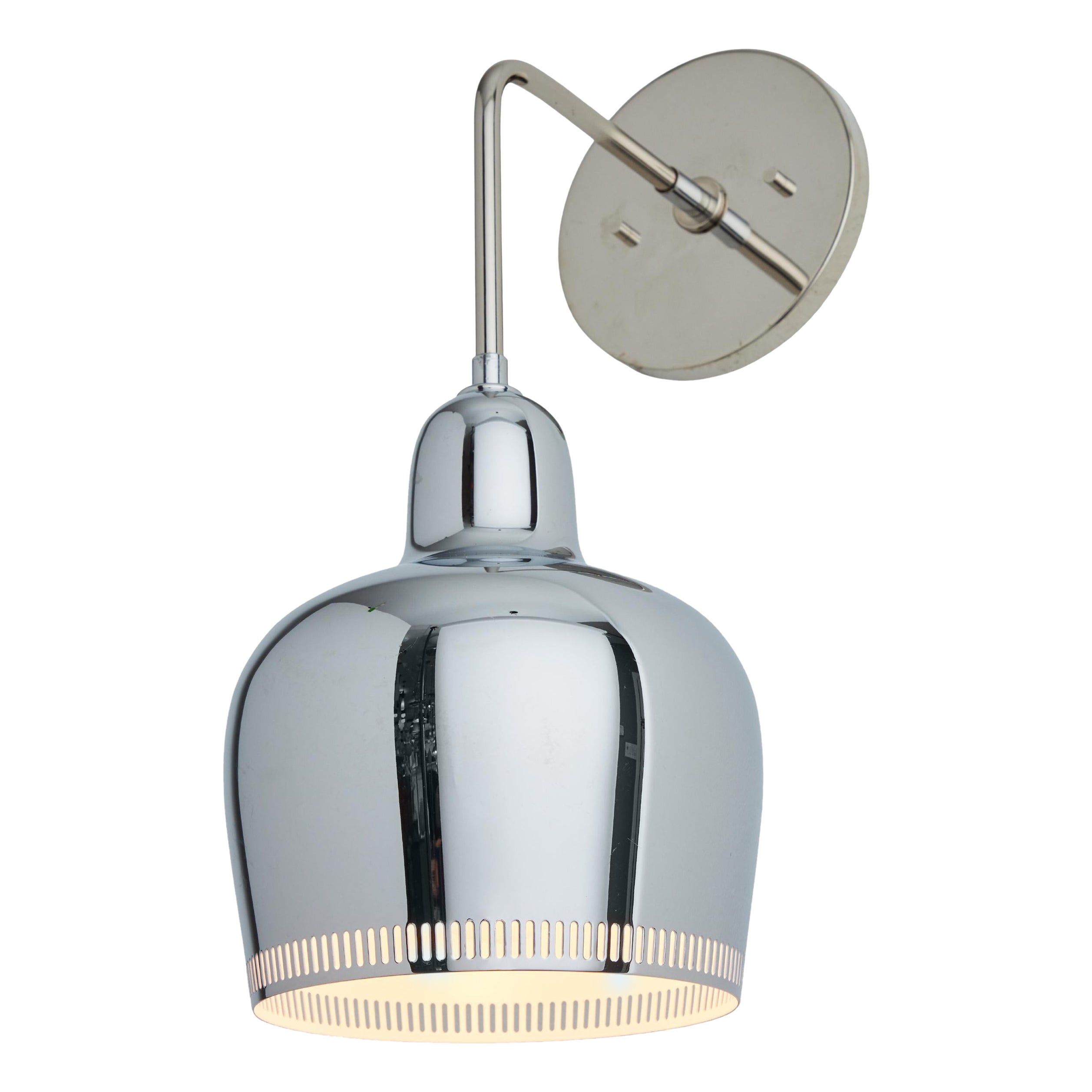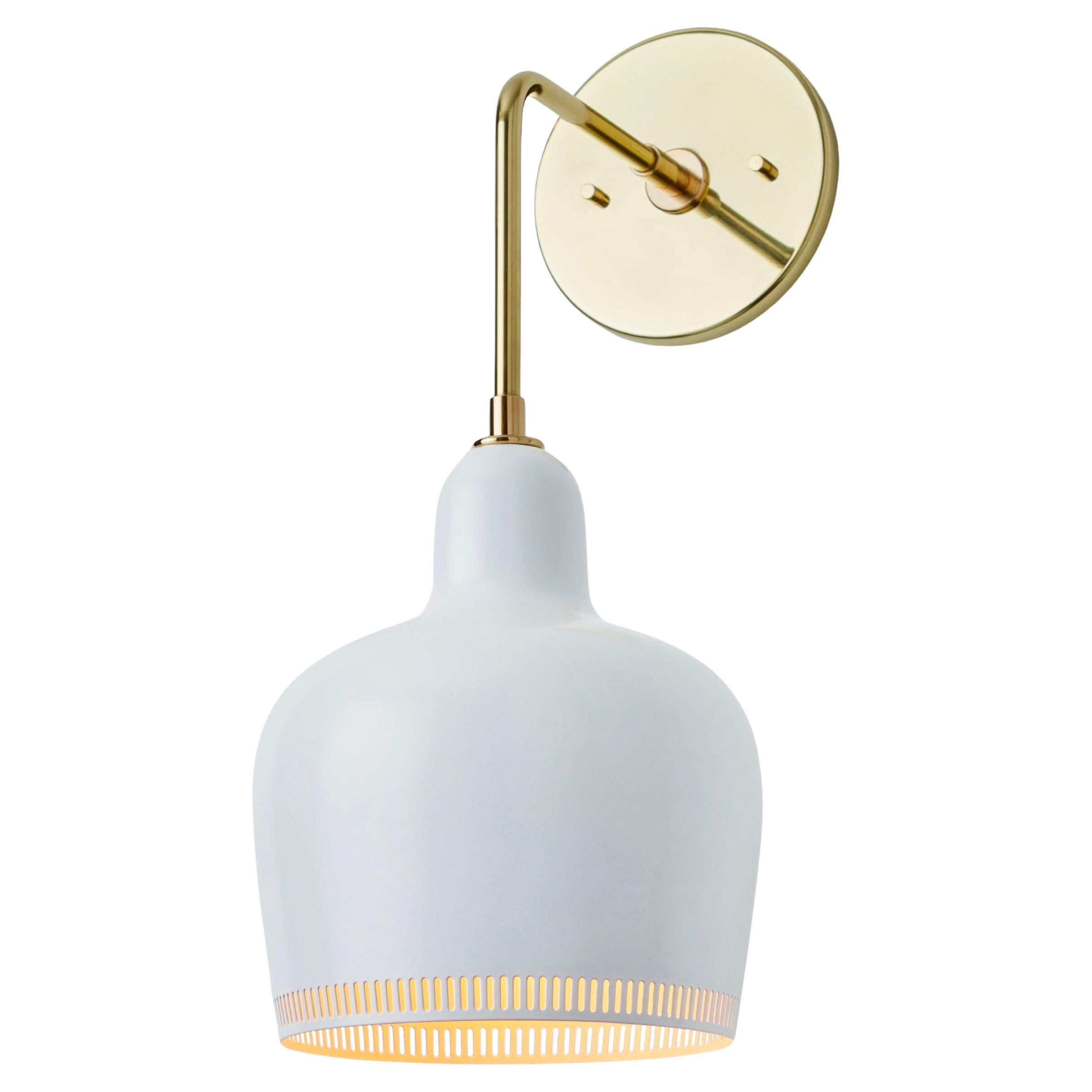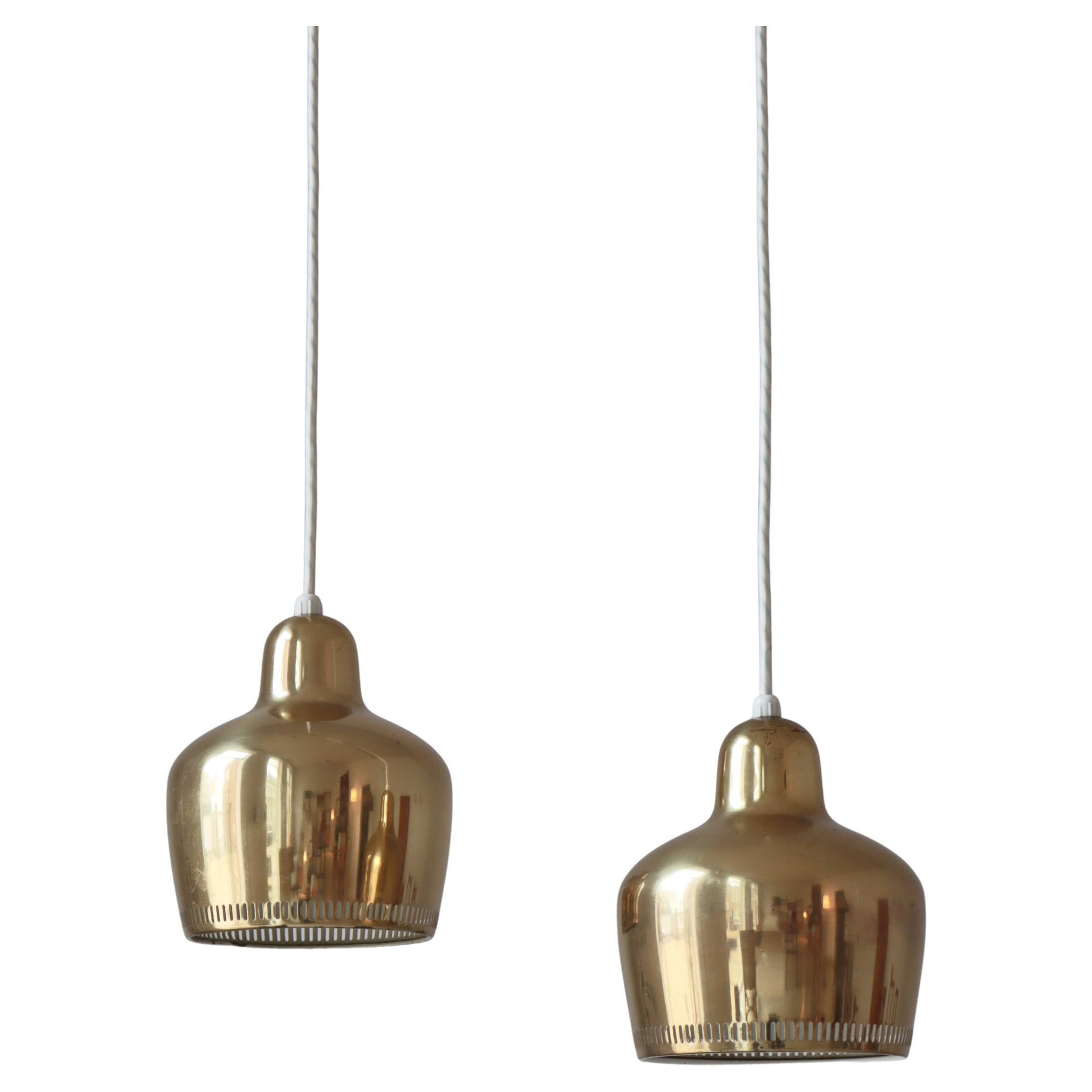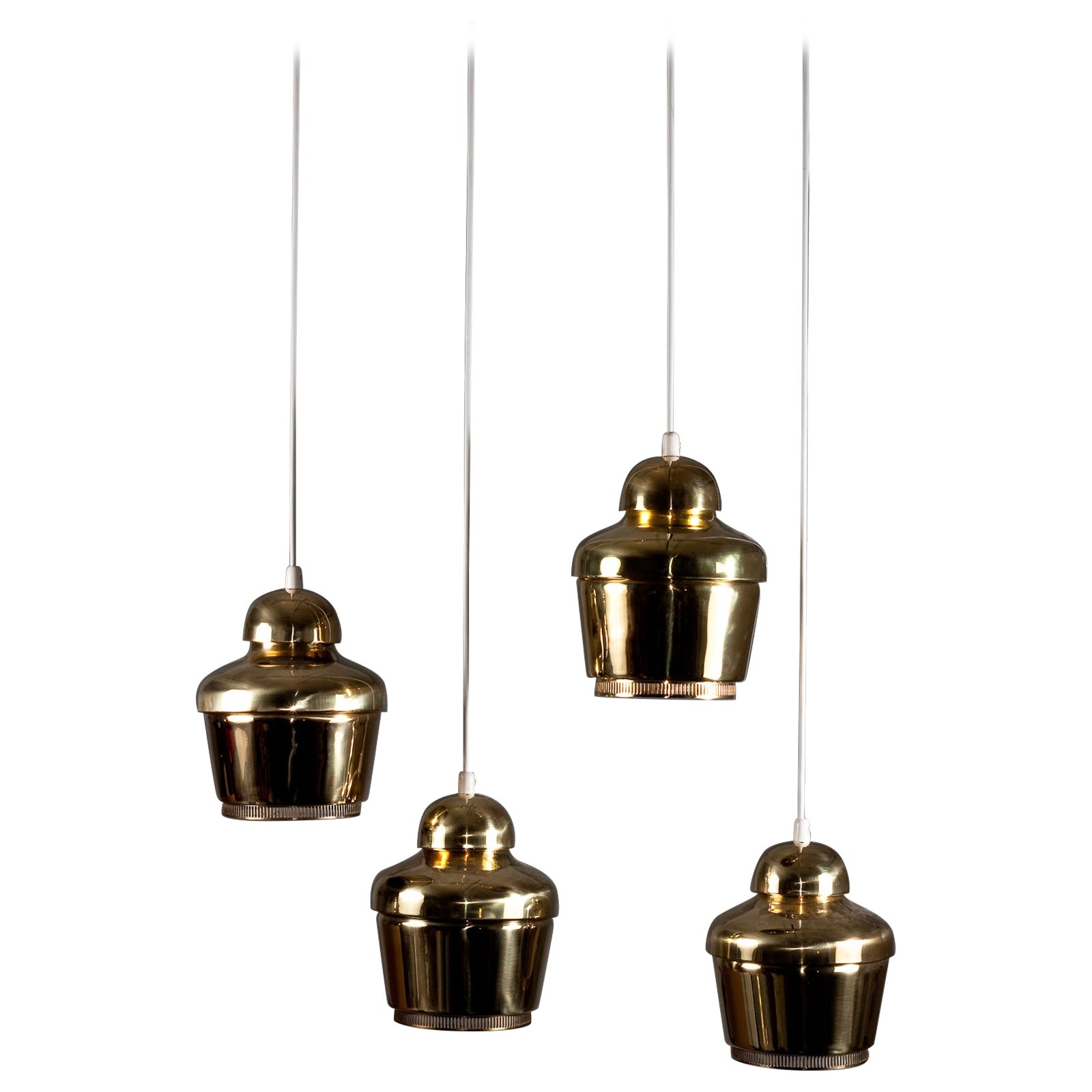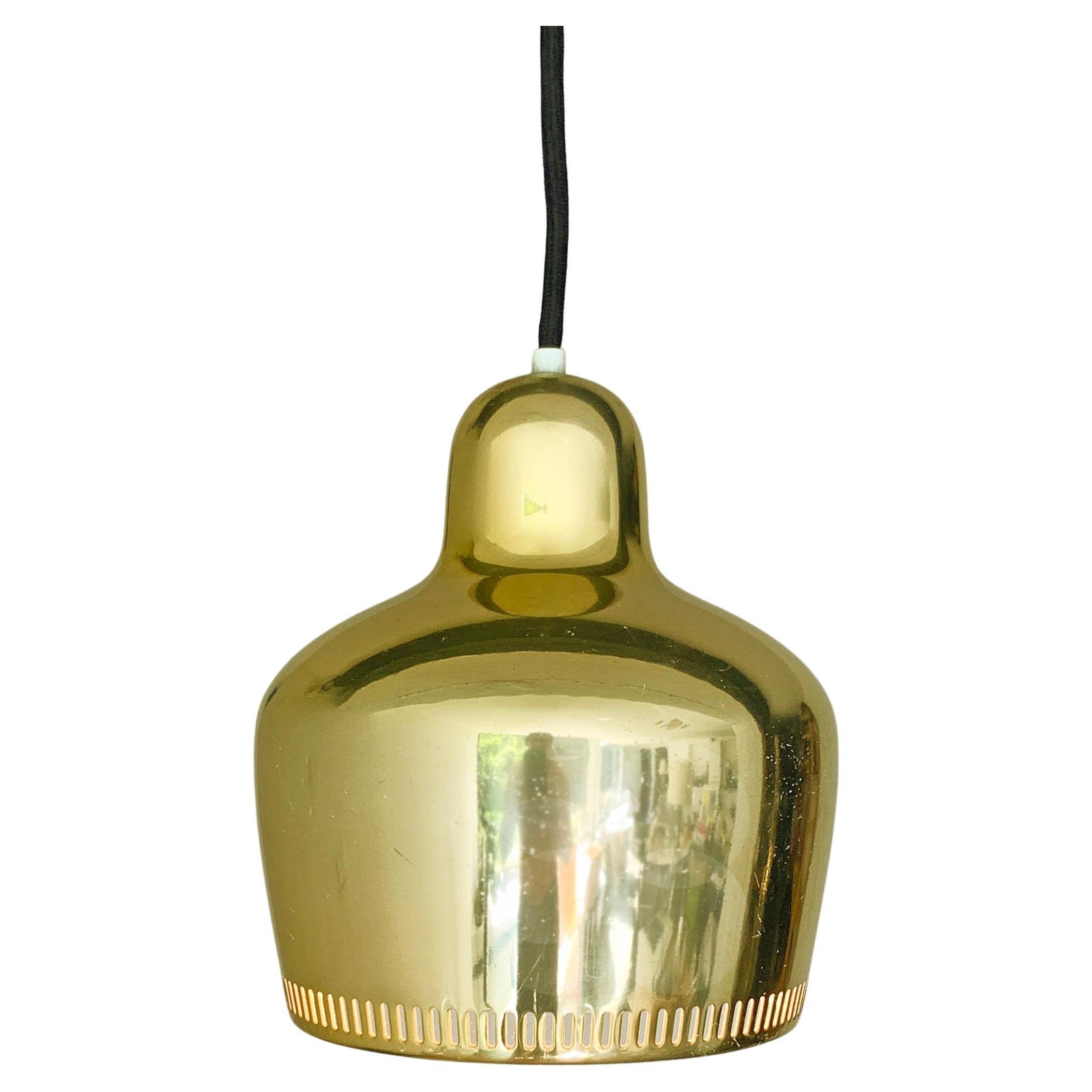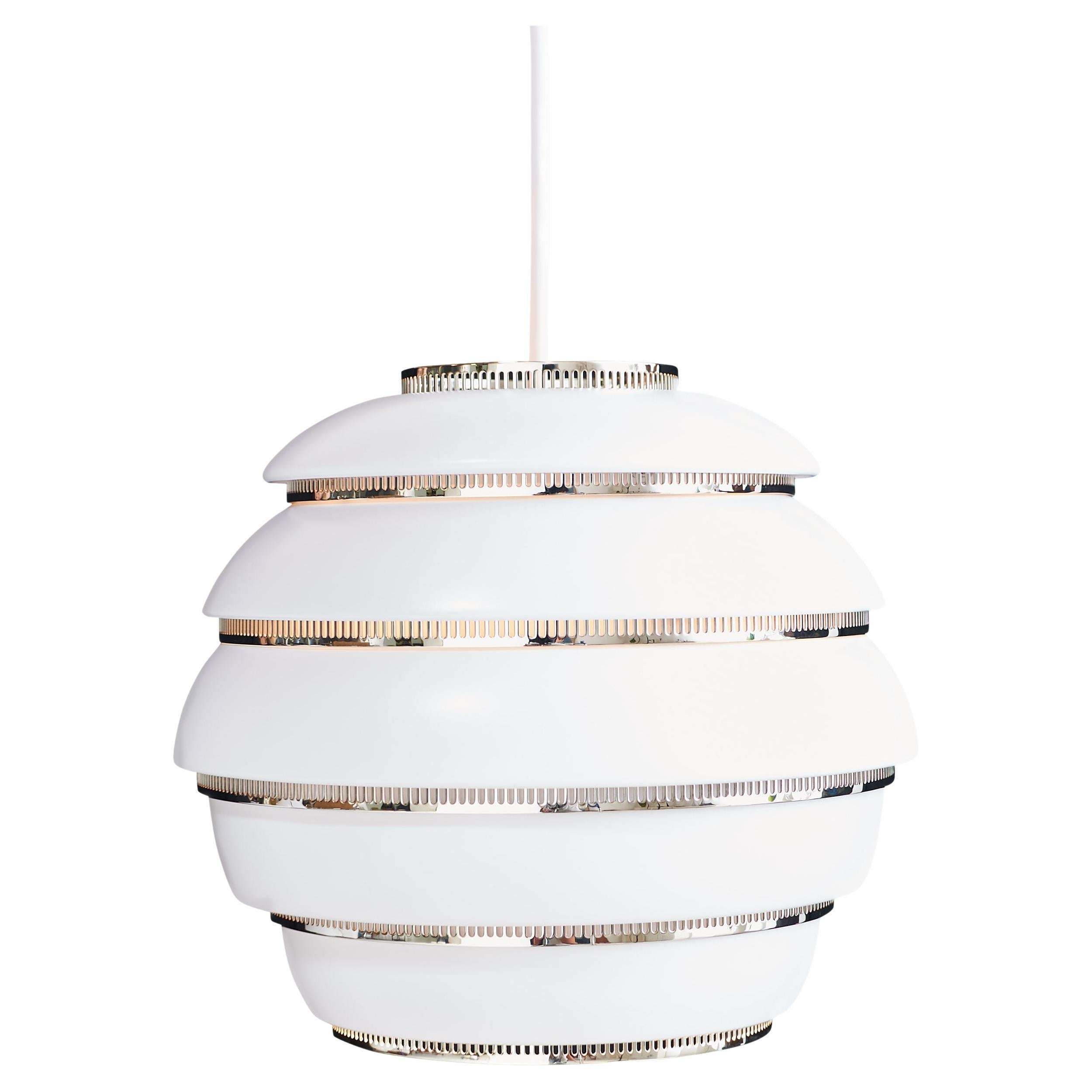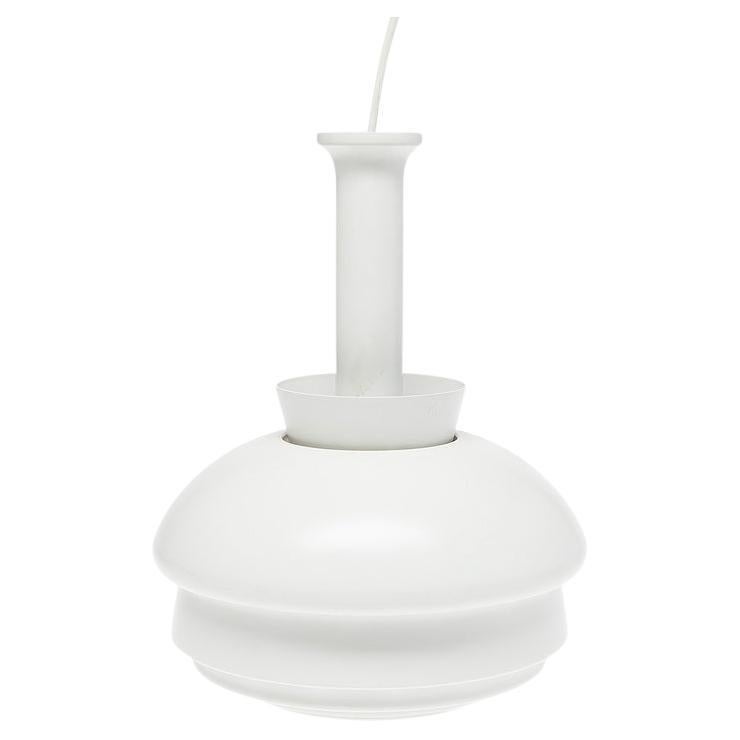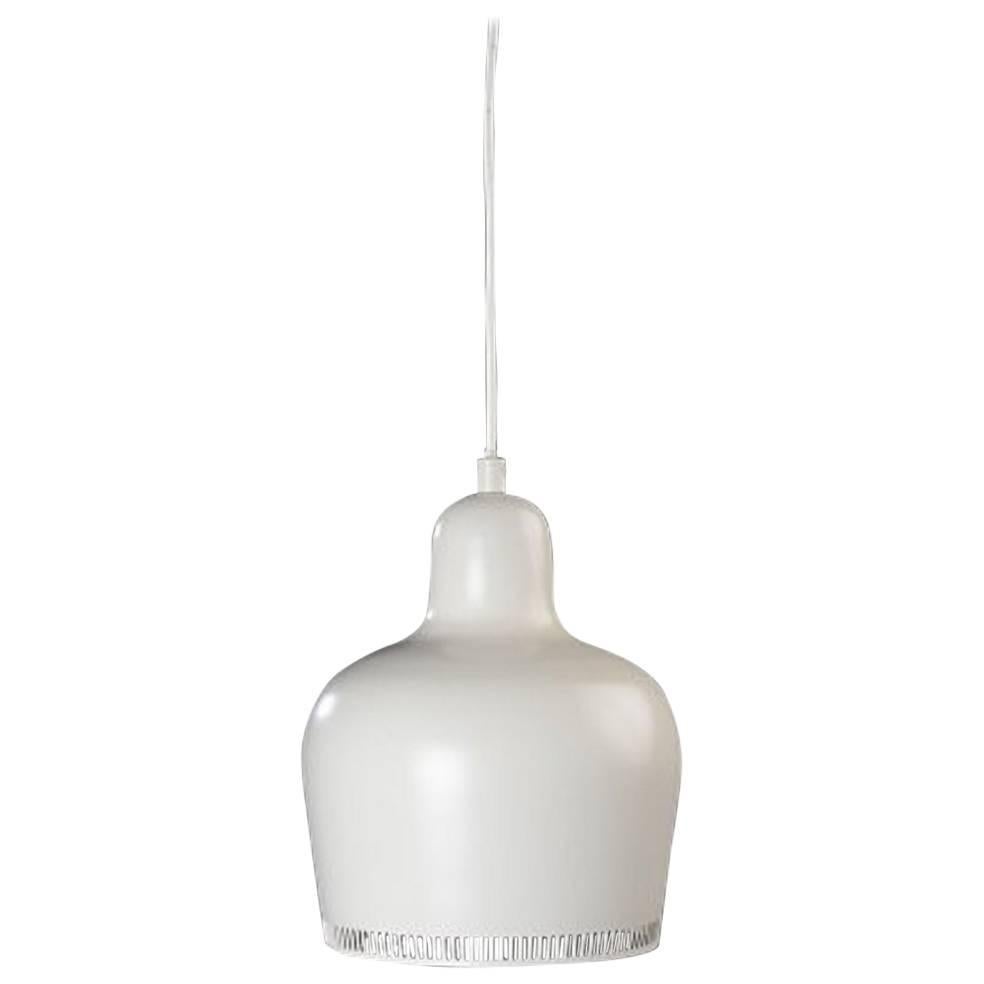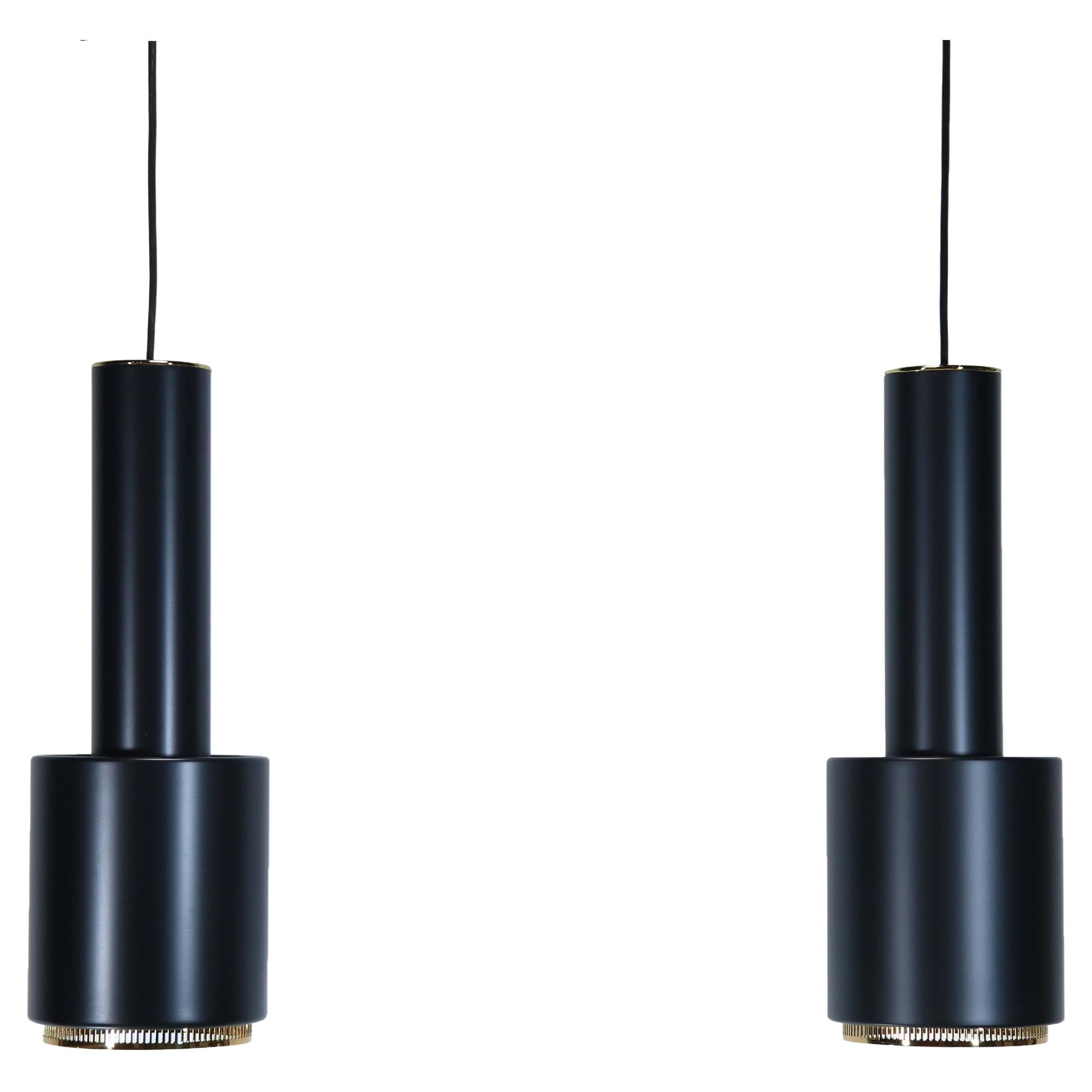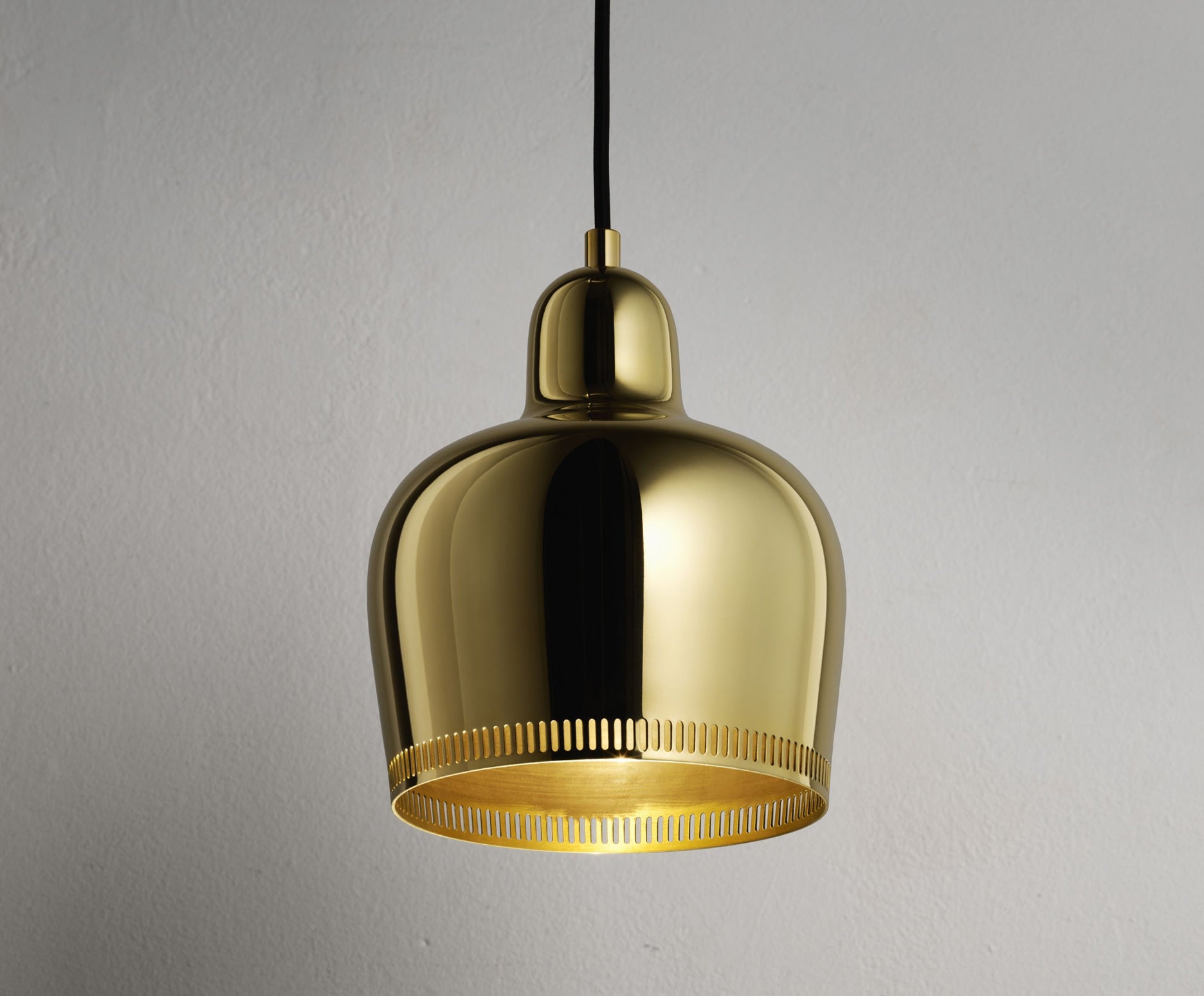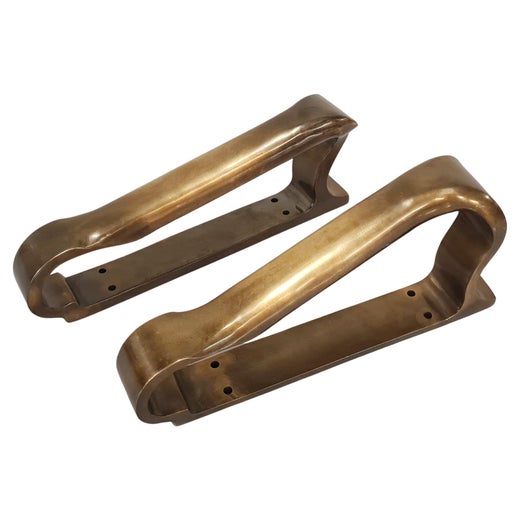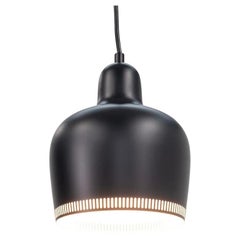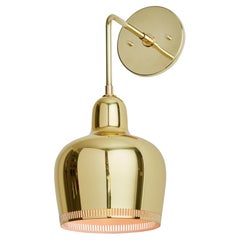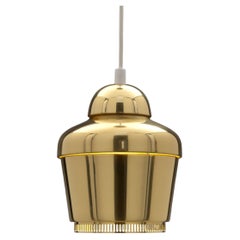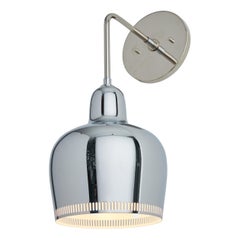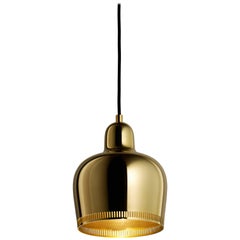
Authentic Pendant Light A330S "Golden Bell Savoy" Raw Brass, Alvar Aalto & Artek
View Similar Items
Authentic Pendant Light A330S "Golden Bell Savoy" Raw Brass, Alvar Aalto & Artek
About the Item
- Creator:Artek (Manufacturer),Alvar Aalto (Designer)
- Design:
- Dimensions:Height: 7.75 in (19.69 cm)Width: 6.75 in (17.15 cm)Depth: 6.75 in (17.15 cm)
- Style:Scandinavian Modern (In the Style Of)
- Materials and Techniques:
- Place of Origin:
- Period:
- Date of Manufacture:Contemporary
- Production Type:New & Custom(Current Production)
- Estimated Production Time:Available Now
- Condition:
- Seller Location:New York, NY
- Reference Number:Seller: 291003811stDibs: LU3601310432413
Golden Bell Pendant Light
Originally crafted from a single piece of brass, the Golden Bell pendant light was named for the “golden” reflections it casts as well as its recognizable shape. Finnish architect and furniture maker Alvar Aalto (1898–1976) and his wife, Aino (1894–1949) — also an architect and pioneering designer — created the streamlined ceiling light in 1937 as part of a full interior design commission for Helsinki’s luxurious Savoy restaurant. The fixture was exhibited to wide acclaim later that year in the Finnish Pavilion of the Paris World Expo.
Alvar Aalto trained as an architect and developed a successful practice early in his career, securing commissions in his native country and abroad, and earning an international reputation. The celebrated 1933 Paimio Sanatorium in Finland, codesigned with Aino, and 1948 Baker House at the Massachusetts Institute of Technology, are among his more renowned works. While some components of the sanatorium project reflected a Bauhaus influence — primarily in the chairs that the Aaltos designed with tubular steel — Alvar maintained an interest in natural materials, usually prioritizing working with wood over metal.
In 1935, Alvar and his wife were among the founders of furniture manufacturer Artek (“art and technology”), which produced furnishings for his architectural commissions such as the Savoy. Artek manufactured Alvar’s ubiquitous Stool 60 as well as the couple’s Paimio armchair, the construction of both owing to a revolutionary bentwood technique Alvar pioneered, along with a litany of other utilitarian designs that often tested the limits of wood while retaining warmth and sculptural quality. Similarly, the unadorned and charming Golden Bell pendant light is closer to sculpture than it is to a light fixture.
One of the important early works of Scandinavian modern design, the Golden Bell epitomizes the movement’s merging of meticulous craftsmanship and attention to materials to produce freer, more organic forms. The simple handspun pendant, which features perforated detail around the rim that prevents glare, has remained in production at Artek since its inception. Today, the single-piece structure is available in steel in addition to brass. A Golden Bell “Savoy” edition, introduced in 2017, is manufactured without a coating so that it begins to gain a patina immediately after production. The oxidation process lends it the humble timelessness that has long been attributed to the original Golden Bell pendant lights, which still hang in the Savoy restaurant today.
Alvar Aalto
An architect and designer, Alvar Aalto deserves an immense share of the credit for bringing Scandinavian modernism and Nordic design to a prominent place in the global arena. In both his buildings and his vintage furniture — which ranges from chairs, stools, tables and lighting to table- and glassware — Aalto’s sensitivity to the natural world and to organic forms and materials tempered the hardness of rationalist design.
Relatively few Aalto buildings exist outside Finland. (Just four exist in the United States, and only one — the sinuous 1945 Baker House dormitory at M.I.T. — is easily visited.) International attention came to Aalto, whose surname translates to English as “wave,” primarily through his furnishings.
Instead of the tubular metal framing favored by the Bauhaus designers and Le Corbusier, Aalto insisted on wood. His aesthetic is best represented by the Paimio armchair, developed with his wife, Aino Aalto, in 1930 as part of the overall design of a Finnish tuberculosis sanatorium.
Comfortable, yet light enough to be easily moved by patients, the Paimio chair’s frame is composed of two laminated birch loops; the seat and back are formed from a single sheet of plywood that scrolls under the headrest and beneath the knees, creating a sort of pillow effect. Aalto’s use of plywood had an enormous influence on Charles and Ray Eames, Arne Jacobsen, Marcel Breuer and others who later came to the material.
Concerned with keeping up standards of quality in the production of his designs, Aalto formed the still-extant company Artek in 1935, along with Aino, whose glass designs were made by the firm. In the latter medium, in 1936 the Aaltos together created the iconic, undulating Savoy vase, so-called for the luxe Helsinki restaurant for which the piece was designed.
Artek also produced Aalto pendants and other lighting designs, many of which — such as the Angel’s Wing floor lamp and the Beehive pendant — incorporate a signature Aalto detail: shades made of concentric enameled-metal rings graduated down in diameter. The effect of the technique is essential Alvar Aalto: at once precise, simple, and somehow poetic.
Find a collection of vintage Alvar Aalto stools, vases, dining tables and other furniture on 1stDibs.
You May Also Like
2010s Finnish Modern Chandeliers and Pendants
Metal, Steel
21st Century and Contemporary Finnish Scandinavian Modern Wall Lights an...
Metal, Brass
Mid-20th Century Finnish Scandinavian Modern Chandeliers and Pendants
Brass
21st Century and Contemporary Finnish Scandinavian Modern Wall Lights an...
Chrome, Metal
21st Century and Contemporary Finnish Scandinavian Modern Wall Lights an...
Metal, Brass
Vintage 1950s Danish Scandinavian Modern Chandeliers and Pendants
Brass
Recently Viewed
View AllRead More
The Very Modern Love Story of Mid-Century Design Duo Alvar and Aino Aalto
A power couple before the term existed, the influential pair made work that still resonates today.
What Makes Scandinavian Modernism and Nordic Design So Irresistible?
Andrew Duncanson, founder of the Stockholm- and London-based gallery Modernity, weighs in on the masters of mid-century furniture and decorative arts.
